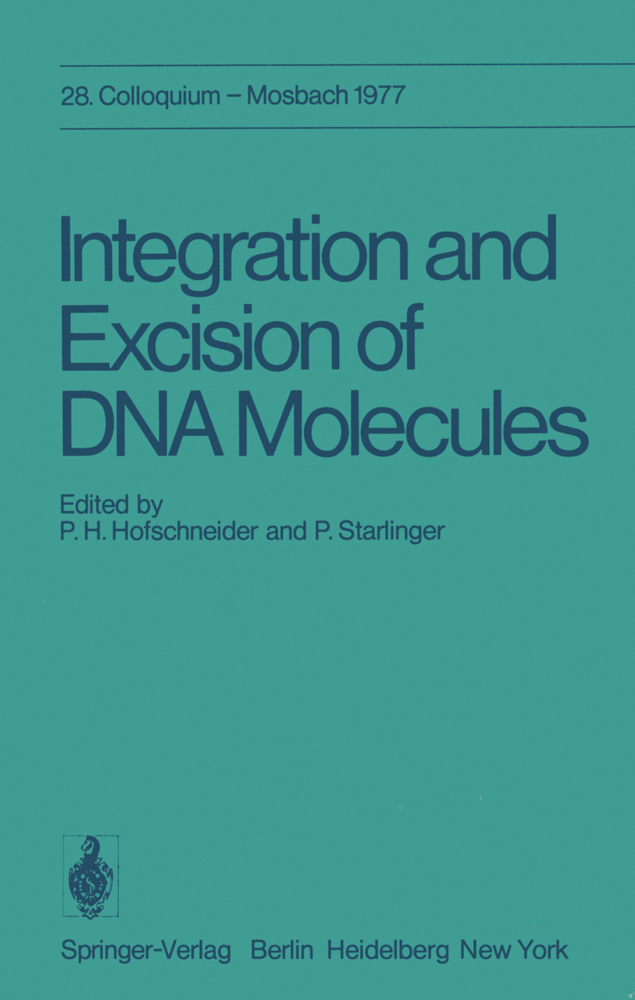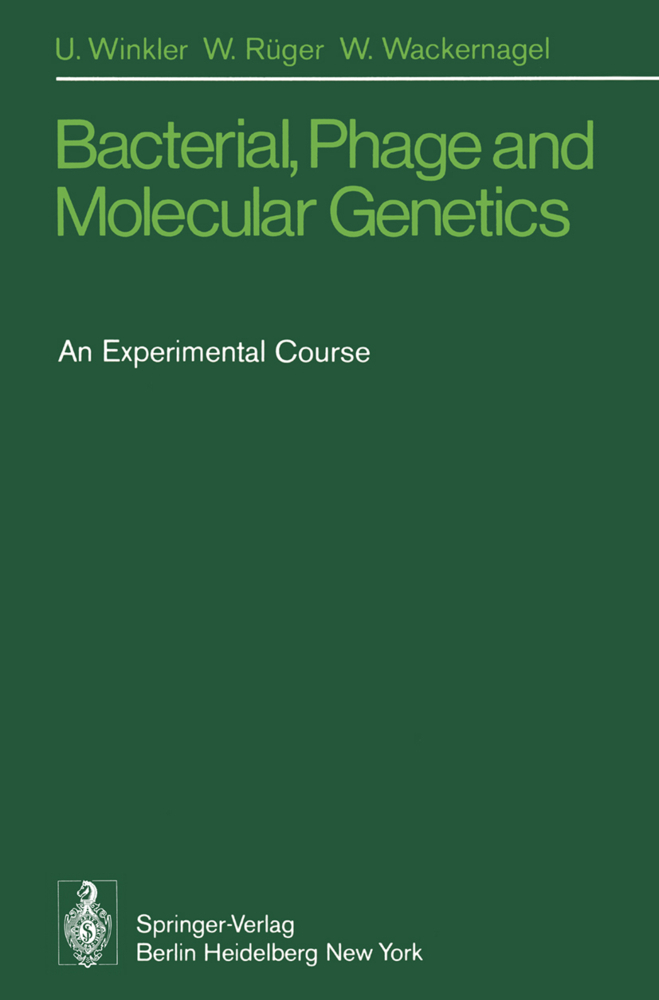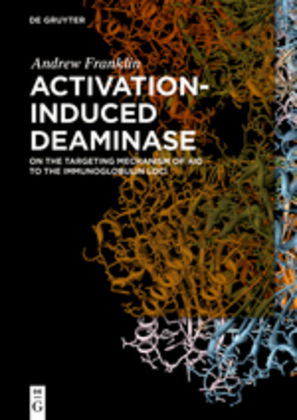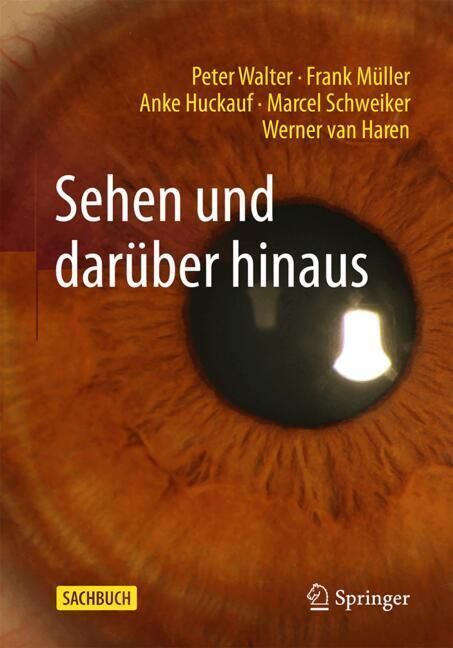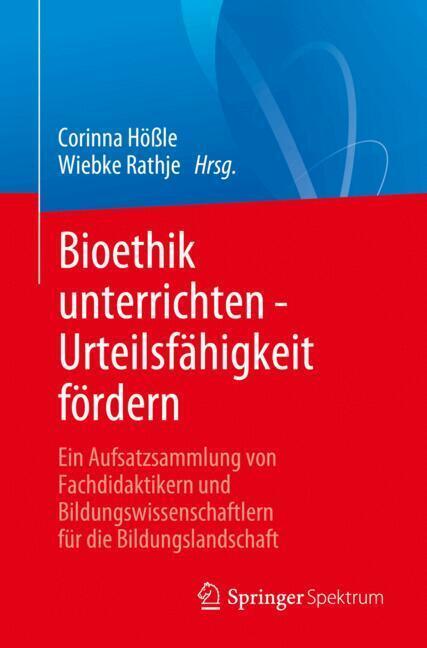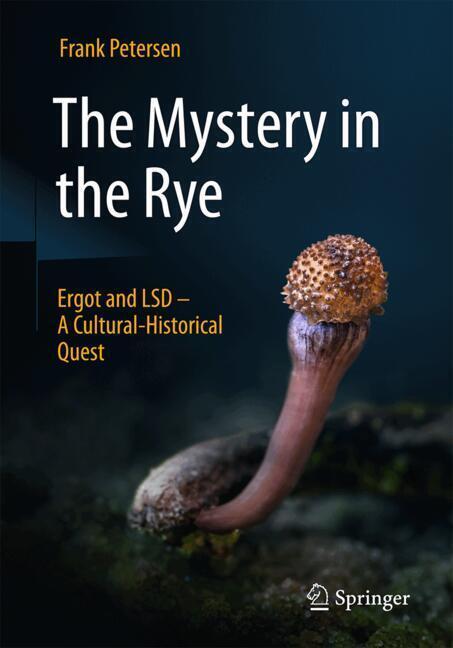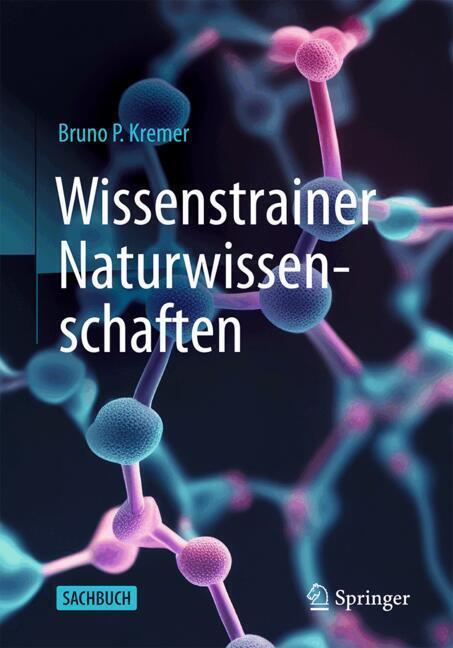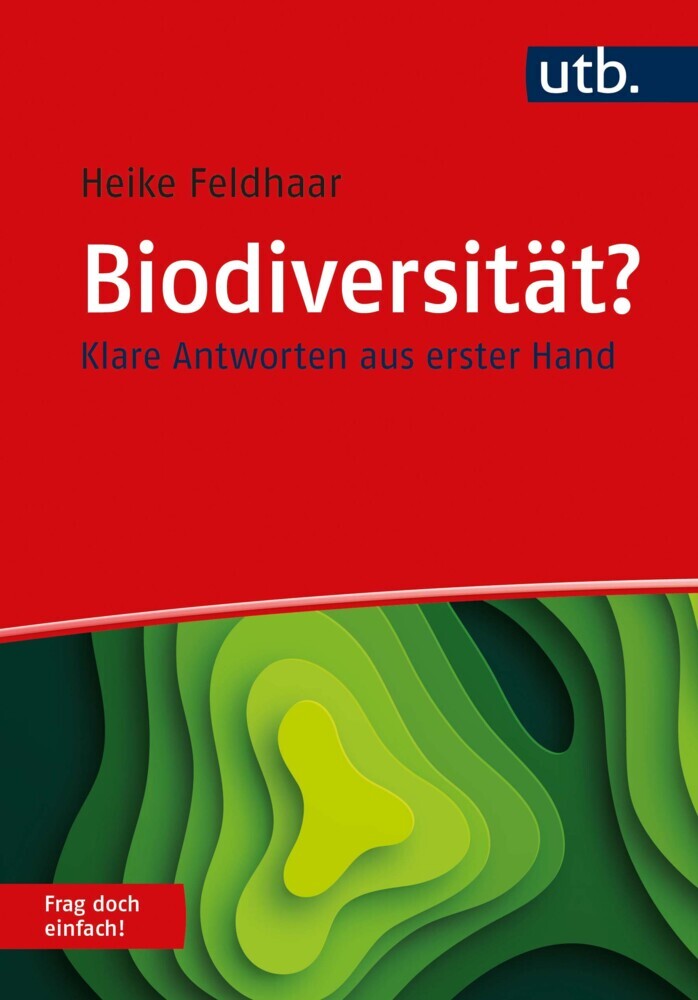Integration and Excision of DNA Molecules
28. Colloquium der Gesellschaft für Biologische Chemie, am 21.-23. April 1977 in Mosbach/Baden
Integration and Excision of DNA Molecules
28. Colloquium der Gesellschaft für Biologische Chemie, am 21.-23. April 1977 in Mosbach/Baden
The topic of this years' ~osbach Colloquium was DNA integration. We have tried to bring together experts from different fields of research who are studying natural processes by which DNA molecules from differ ent sources are linked. It has been known for a long time that such linkage occurs between the chromosomes of bacteriophages and plasmids on the one hand and the chromosome of the bacterial host on the other. This process has been especially well studied in bacteriophage A. Since it is controlled in a complicated way, we began with a lecture by M. ptashne on these regulatory processes. H. Nash described the inte gration of bacteriophage A into the bacterial chromosome. To put this site-specific process into perspective, G. Mosig lectured on genetic recombination in prokaryotes in general and K. Murray described the use of bacteriophage A as an artificial vector for genetic engineering. A different kind of bacteriophage integration is shown by bacteriophage Mu, which is much less specific in its choice of an integration site than A. The properties of this phage were described by P. van de Putte.
Integrative Recombination of Bacteriophage Lambda: Genetics and Biochemistry
Applications of Bacteriophage ? in Recombinant DNA Research
Single-Stranded Filamentous DNA Phage as a Carrier for in vitro Recombined DNA
Is Integration Essential for Mu Development?
The Role of IS-Elements in E. coli
DNA Recombination in Cells Infected with Simian Virus 40
Adenovirus - Integration and Oncogenicity
The Presence and Expression of Herpes Simplex Virus DNA in Transformed Cells
A New Transforming Papovavirus Isolated from Primate Cells
Selectivity in the Integration of Viral DNA in Cells Infected and Transformed by Adenovirus
Synthesis and Integration of Virus-specific DNA in Cells Infected by RNA Tumor Viruses
RNA-dependent DNA Polymerase in a "Virus-Free" System
Studies on the Cellular Mechanisms of Chemical Oncogenesis
Is Foldback DNA Repeatedly Transposed?
Molecular Biology of Nitrogen Fixation
On the Transfer and Expression of Prokaryotic DNA in Plant Cells Transformed by A. tumefaciens.
Gene Control by the Lambda Repressor
Evidence for a Complex That Coordinates Different Steps in General Genetic RecombinationIntegrative Recombination of Bacteriophage Lambda: Genetics and Biochemistry
Applications of Bacteriophage ? in Recombinant DNA Research
Single-Stranded Filamentous DNA Phage as a Carrier for in vitro Recombined DNA
Is Integration Essential for Mu Development?
The Role of IS-Elements in E. coli
DNA Recombination in Cells Infected with Simian Virus 40
Adenovirus - Integration and Oncogenicity
The Presence and Expression of Herpes Simplex Virus DNA in Transformed Cells
A New Transforming Papovavirus Isolated from Primate Cells
Selectivity in the Integration of Viral DNA in Cells Infected and Transformed by Adenovirus
Synthesis and Integration of Virus-specific DNA in Cells Infected by RNA Tumor Viruses
RNA-dependent DNA Polymerase in a "Virus-Free" System
Studies on the Cellular Mechanisms of Chemical Oncogenesis
Is Foldback DNA Repeatedly Transposed?
Molecular Biology of Nitrogen Fixation
On the Transfer and Expression of Prokaryotic DNA in Plant Cells Transformed by A. tumefaciens.
Hofschneider, P. H.
Starlinger, P.
| ISBN | 978-3-642-81205-7 |
|---|---|
| Artikelnummer | 9783642812057 |
| Medientyp | Buch |
| Auflage | 1978 |
| Copyrightjahr | 2014 |
| Verlag | Springer, Berlin |
| Umfang | XI, 136 Seiten |
| Abbildungen | XI, 136 p. 20 illus. |
| Sprache | Englisch |

